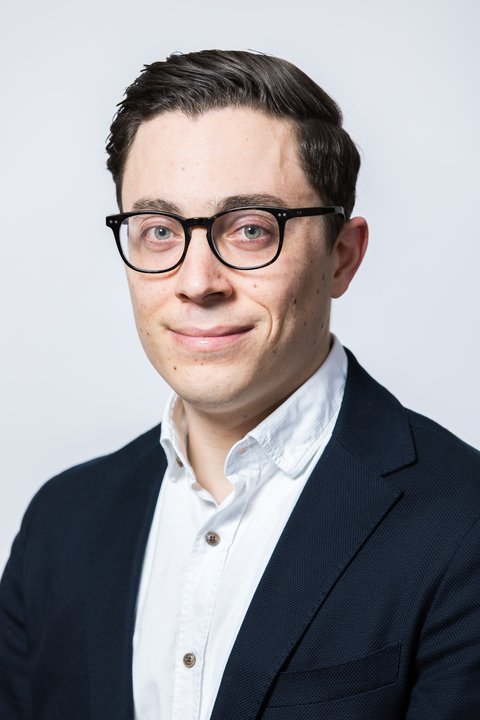
Mechanical Engineering

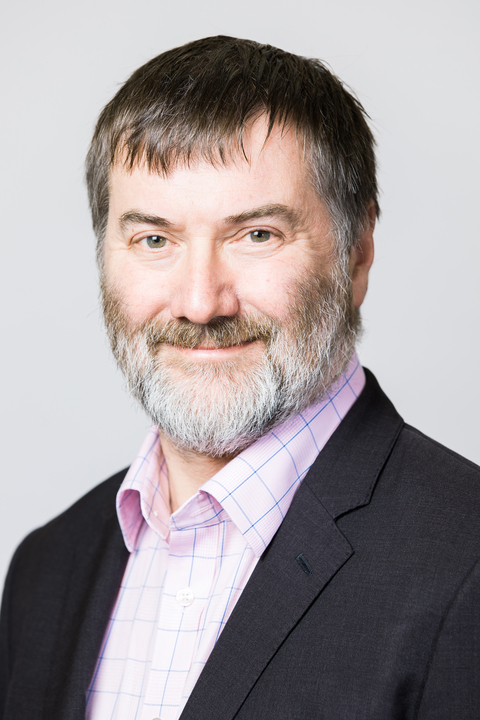
Employment History
David was awarded a personal chair in Computational Fluid Dynamics by the Court of the University of Edinburgh in June 2009, following his appointment as a Reader in the Institute for Energy Systems in April 2006. He is currently the Director of Diversity & Inclusion in the School of Engineering and, since July 2011 has been Director of the Industrial Doctoral Centre for Offshore Renewable Energy (IDCORE). Previously he was the Schools Director of Discipline for Engineering Mathematics, Director of Research and the Head of the Engineering Graduate School. He joined IES from Manchester Metropolitan University (MMU) where he was Reader in Scientific Computation in the Department of Computing and Mathematics. He joined MMU as lecturer in Mathematics (specialising in Numerical Analysis) following the completion of his PhD in 1992.
Major research grants
David is currently Research Director of the UK Centre for Marine Energy Research (EP/P008682/1, EP/M014738/1 & EP/I027912/1), a £5.3M, interdisciplinary, challenge led, collaborative research programme funded under the RCUK SuperGen programme that coordinates the research work of more than 100 academic and research staff across 25 UK Universities in both the wave and tidal energy sectors.
David is Director of the Industrial Doctoral Centre for Offshore Renewable Energy (EP/J500847/1), a £6.5M CDT that is training 66 EngD students from 2012-2022. IDCORE is funded by the ETI and the RCUK Energy programme and is run by a consortium of the Universities of Edinburgh, Exeter and Strathclyde, together with the Scottish Association for Marine Science and HR-Wallingford. It will be succeeded by the recently announced Industrial CDT in Offshore Renewable Energy (EP/S023933/1), funded by EPSRC and NERC, which will train an additional 50 EngD students.
He is an active member of RealTide (H2020-727689) project. He was part of the management teams for the WETFEET (H2020-641334), PolyWEC (FP7-309139), MARINA Platform (FP7-241402) and TROPOS (FP7-288192). He coordinated EquiMar (FP7-213380), a 22-partner project that developed protocols for the equitable evaluation of offshore renewable devices.
He was one of three investigators who secured £6M funding from the EPSRC to design build FloWave the worlds first, circular, combined wave and current test basin. He is presently the facility Director and recently led a submission to EPSRC’s Statements of Need for Medium Scale Research Facilities to bring together facilities in Edinburgh, Glasgow and Plymouth to form the National Renewable Energy Laboratory.
Since 1990, he has raised over £3M in research funding for his own University.
- PhD - Computational Fluid Dynamics, Manchester Metropolitan University, 1992.
- BSc (Hons) Mathematics, Statistics and Computing, University of Greenwich, 1988
- PGCE (Further, Adult and Higher Education), Manchester Metropolitan University, 1995
- Fellow of the Institute of Marine Engineering Science and Technology (IMarEST), 2019
- Charterd Marine Scientist, CSci, CMarSci, 2019
David is a member of the Mechanical Engineering discipline and is the Course Organiser for Computational Fluid Dynamics 5 and teaches on Partial Differential Equations 3.
He is also the Course Organiser for Engineering Mathematics 2A - teaching mathematical methods for the solution of higher order Ordinary Differential Equations and introducing Partial Differential Equations
David also teaches on the IDCORE programme and on the CDT in Wind and Marine Energy Systems.
- Free surface flow modelling
- Development of time marching computational fluid dynamics solvers
- Violent wave interaction with coastal structures
- Simulation of wave and tidal current renewable energy devices.
- Shallow water flow modelling
- The Cartesian cut cell method for boundary fitted mesh generation
- Technology Matching and Technology Evaluation
- Member of the Joint Research Institute in Energy, part of the Edinburgh Research Partnership funded by the Scottish Funding Council.
- Awarded the 1997 Busk Prize by the Council of the Royal Aeronautical Society.
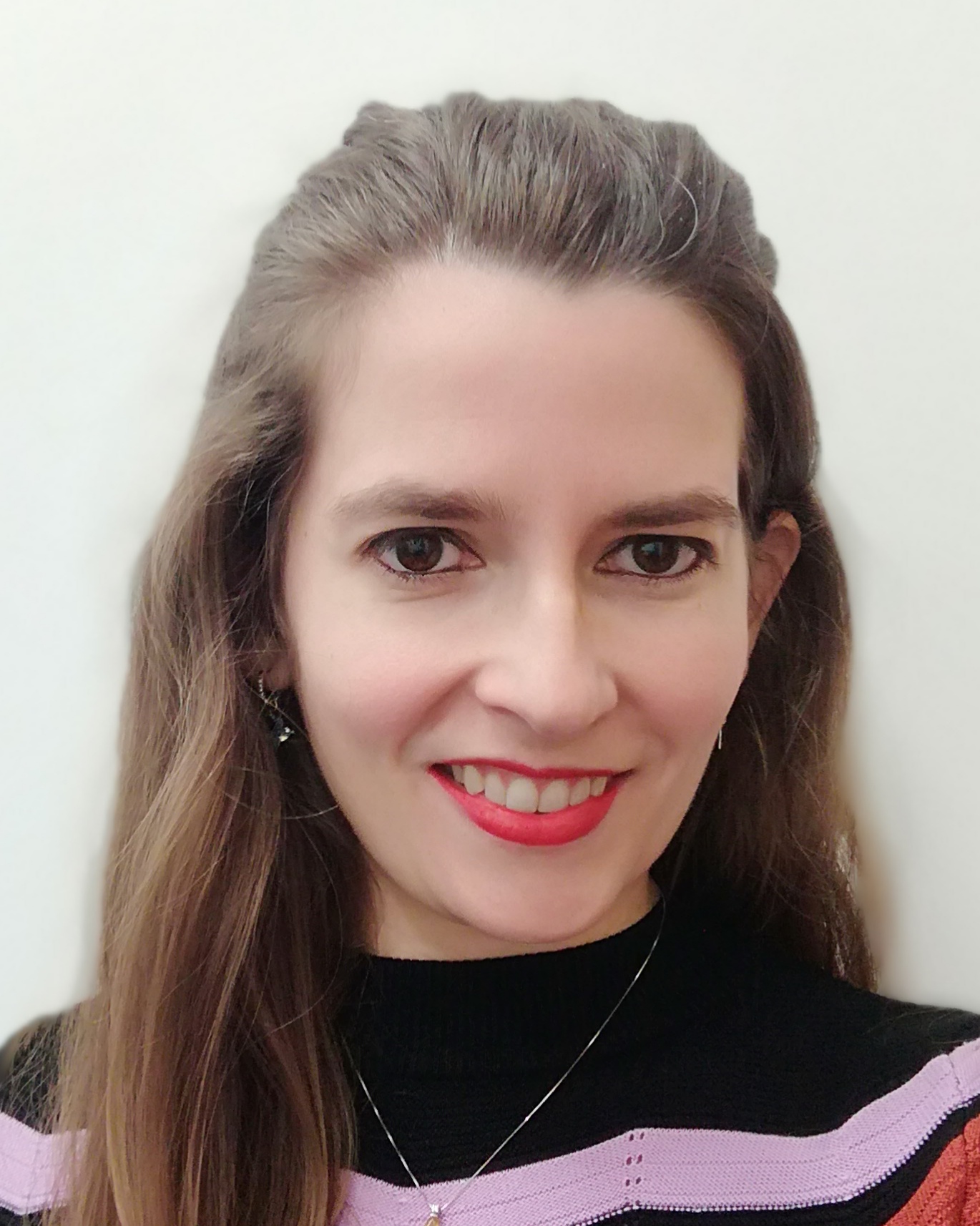
I am an academic in composite materials technology with a particular interest in the development of lightweight structures to reduce the carbon footprint of transport industries such as aerospace and automotive. My current research line focuses on digital design of materials and the accelerated development of composite products with improved impact performance. I have interest in emerging manufacturing technologies such as 3D printing, automated fibre placement and low-cost compression moulding. My strategy is based on a coupled multiscale experimental and numerical approach to determine the role of the microstructure in the catastrophic failure of a component. Multiscale numerical techniques are also employed for design purposes, tailoring microstructural features such as fibre orientation and volume, to enhance ductility and strength.
- PhD, Technical University of Madrid (2016)
- MEng, University Carlos III Madrid (2011)
- BEng, University of Castilla - La Mancha (2008)
- Advanced Dynamics and Applications 5 / Dynamics 5
- Cohort Lead Mechanical Engineering
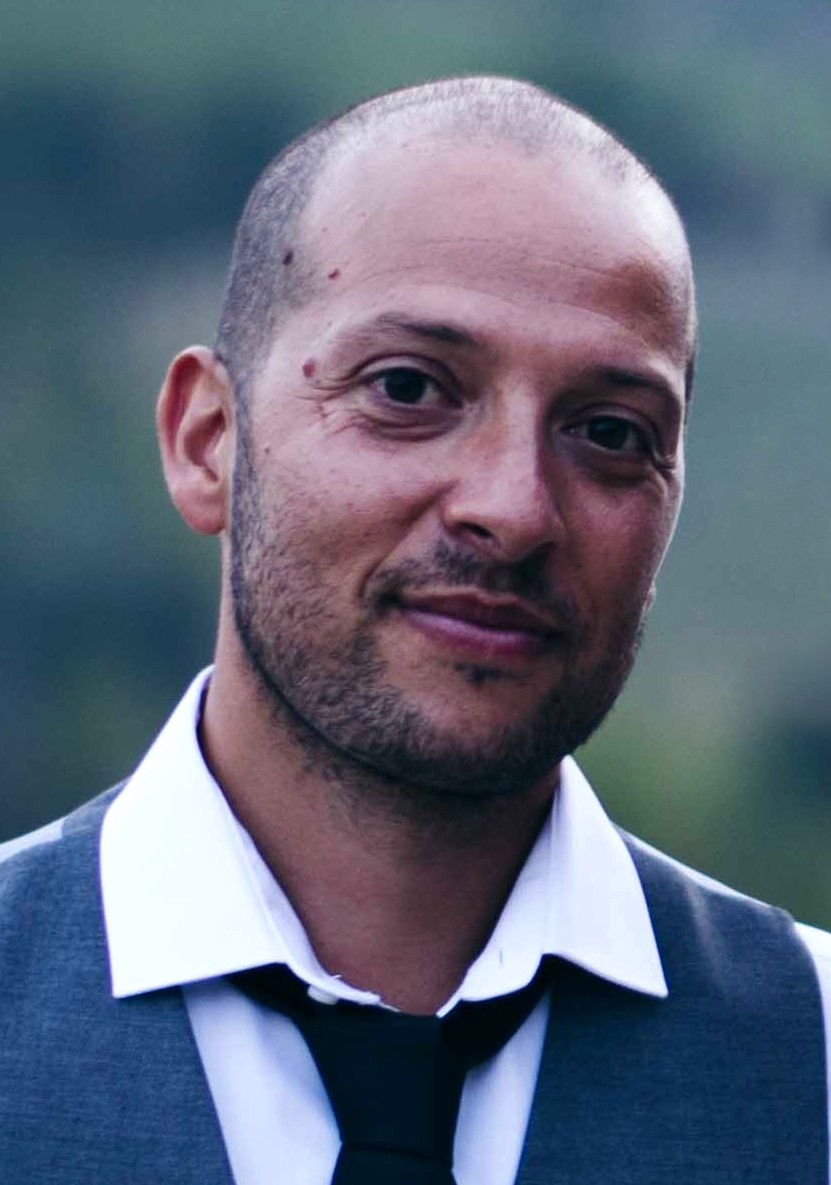
Since October 2018 I am a Chancellor 's Fellow in Robotics and Autonomous Systems, as part of the Data Driven Innovation initiative. I am based in the Scottish Mircroelectronics Center where I am part of the Soft Systems Group. There I conduct research on soft-bodied underwater vehicle design and propulsion, soft manipulator machine-learning control, model-predictive control of unmanned underwater vehicles and shape-changing vibrational systems. I am also part of the Edinburgh Centre for Robotics.
I hold a Laurea Degree (MSc equivalent) in Marine Science & Technology from the University of Pisa with a thesis on coastal meteorology numerical weather prediction undertaken at the Laboratory for Environmental Monitoring and Modelling (LAMMA) in Florence. I was later awarded a Marie-Curie Early Stage Training (EST) Fellowship to do a PhD in Computational Fluid Dynamics at the University of Leeds under the supervision of Prof. Jeff Peakall, jointly between the School of Earth and Environment and the Faculty of Engineering. My postgraduate research entailed the study of density-driven flows and turbidity currents in sinuous channels. In 2011 I was awarded a Marie-Curie European Reintegration Grant (ERG) to undertake a Research Fellowship in bioinspired aquatic propulsion at the Centre for Sea Technologies and Marine Robotics of the Biorobotics Institute, as part of the CFD-OctoProp project and the project PoseiDrone, under the supervision of Prof. Cecilia Laschi.
In 2015, sponsored by the Lloyd's Register Foundation, I moved to the Fluid Structure Interaction Group of the University of Southampton where I started working on the development of bioinspired soft-bodied underwater vehicles and the study of aquatic propulsion aided by body-shape variations. In June 2016 I was awarded, along with Dr. Gabriel Weymouth, a "technology proof-of-concept" NERC grant to pursue the study of pulsed-jet propelled, shape-changing underwater vehicles within the "Aquatic soft robots for environmental sensing" project.
In 2018 I moved to the University of Edinburgh as a Research Associate of the OrcaHub, where I work on model predictive control of unmanned underwater vehicles for operations in advese weather conditions. This project is carried out in collaboration with Dr. Kiprakis (Institute of Energy Systems), Prof. Mistry (School of Informatics) and Dr. Stokes (Scottish Microelectronics Institute).
I collaborate with Dr. Weymouth at the University of Southampton, Dr. Calisti at the University of Lincoln and Dr. Renda at Kahlifa University. I also maintain very active collaborations with Prof. Suzumori's Endorobotics Lab at Tokyo Tech, Prof. Mochiyama's Flexible Robotics Lab at Tsukuba University, Prof. Tadokoro's Human-Robot Informatics Lab at Tohoku-Sendai University and Hosoya's Mechanical Dynamics Lab at Shibaura Institute of Technology.
- PhD in Computational Fluid Dynamics from the University of Leeds, CFD Centre, 2011
- Laurea (MSc equivalent) in Marine Science and Technologies, University of Pisa, 2006
- Course Organiser for Professional Issues for Mechanical Engineers (SCEE09001)
- Lecturer for Applications of Sensor and Imaging Systems (PGEE11136)
Latest Research Output
- N Hosoya, T Niikura, S Hashimura, I Kajiwara, F Giorgio-Serchi, 2020, Axial force measurement of the bolt/nut assemblies based on the bending mode shape frequency of the protruding thread part using ultrasonic modal analysis, Measurements, DOI: 10.1016/j.measurement.2020.107914.
- F Giorgio-Serchi, A Lidtke, G Weymouth, 2018, A soft aquatic actuator for unsteady peak power amplification, IEEE/ASME Transactions on Mechatronics, DOI: 10.1109/TMECH.2018.2873253
- F Corucci, N Cheney, F Giorgio-Serchi, J Bongard, C Laschi, 2018, Evolving soft locomotion in aquatic and terrestrial environment: effects of material properties and environmental transitions, Soft Robotics 5 (4), 475-495
- F Renda, F Giorgio-Serchi, F Boyer, C Laschi, J Dias, L Seneviratne, A unified multi-soft-body dynamics model for underwater soft robots,The International Journal of Robotics Research 37 (6), 648-666.
- F Giorgio-Serchi, A Arienti, F Corucci, M Giorelli, C Laschi, Hybrid parameter identification of a multi-modal underwater soft robot, Bioinspiration & biomimetics 12 (2), 025007.
PhD Opportunities
I am looking for candidates interested in mechatronics, control and fluid mechanics. I am keen to supervise students with intersting and challanging design and control problems in robotics. In particular, I am looking for candidates in the following topics:
- Advanced Marine Renewable Energy Harvesting via Added-Mass-Variation Control, see details here.
- Loose Bolt Identification via Machine Learning, see details here.
Some of the projects currently available are sponsored by the Edinburgh Centre for Robotics:
-
Model Predictive Control of underwater floating-base manipulator systems in rough seas, this PhD is jointly supervised with Dr. Dunnigan at Heriot-Watt University and is part of the CDT in Robotics of the Edinburgh Centre for Robotics, see details here.
-
Bridging Together Compliant and Continuum Robots, this PhD is part of the CDT in Robotics of the Edinburgh Centre for Robotics, see details here.
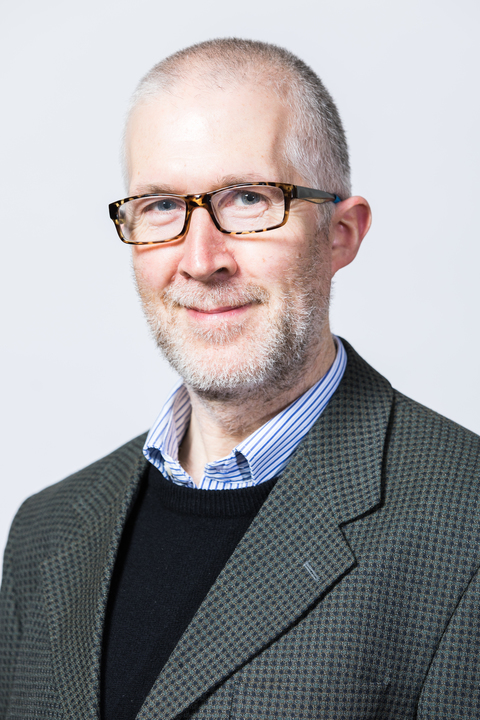
- PhD (Nottingham)
- BEng (Nottingham), 1st Class Honours
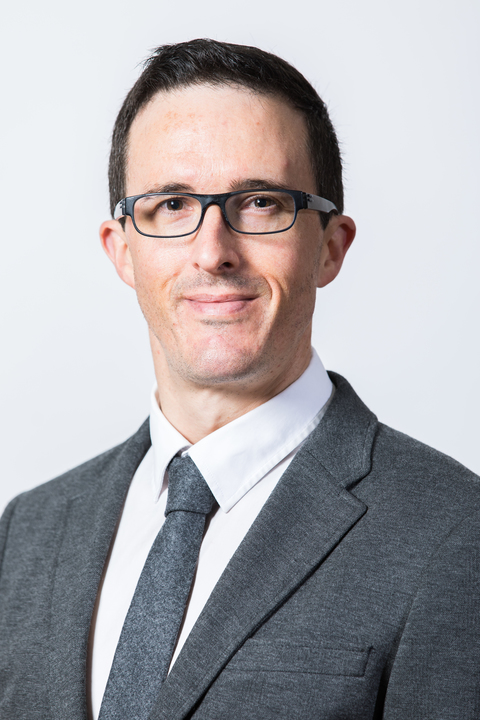
PhD, University of Melbourne (2017)
MSc, University of California, Davis (2012)
